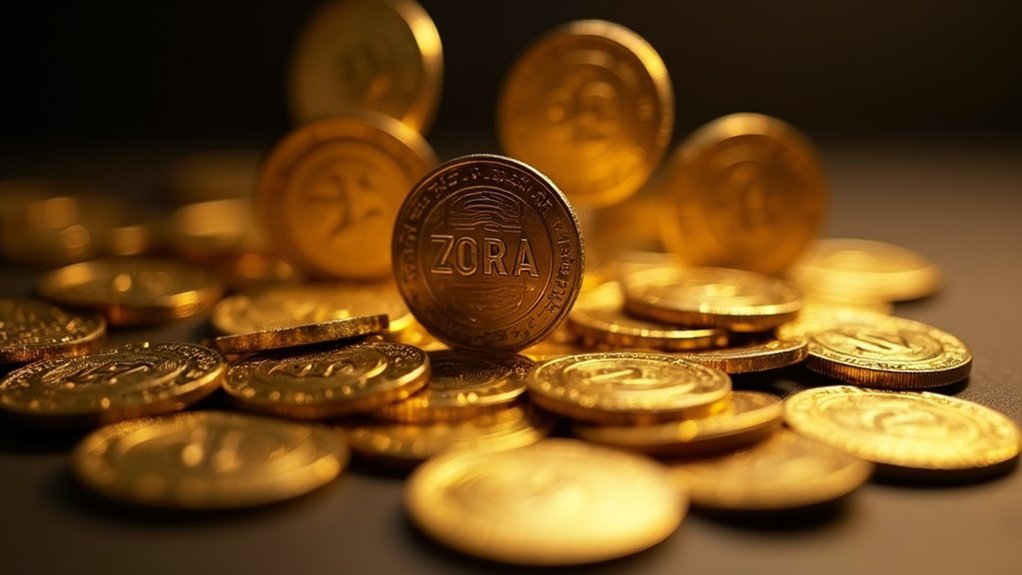In a development that would have seemed fantastical to banking executives just a decade ago, BBVA has emerged as one of the first major global banks to formally advise its wealthy clients to allocate between 3% and 7% of their portfolios to cryptocurrencies—a recommendation that places the Spanish banking giant in the peculiar position of championing assets that central bankers still regard with the enthusiasm typically reserved for root canals.
The allocation framework operates on a sliding scale of financial masochism, with conservative clients receiving the gentler 3% recommendation while those with higher risk tolerances are encouraged to embrace the full 7% allocation to Bitcoin and Ether. Philippe Meyer, Head of Digital & Blockchain Solutions at BBVA Switzerland, outlined this strategy at London’s DigiAssets conference, presumably without acknowledging the irony of banks finally embracing assets designed to make banks obsolete.
BBVA’s crypto journey began with client requests in 2021, followed by formal Bitcoin advisory services in September 2024, and culminated with regulatory approval for trading in Spain by March 2025. The bank plans to expand its cryptocurrency offerings later this year while integrating these assets into its mobile application—because nothing says financial revolution quite like managing your digital rebellion through a traditional banking app. As clients navigate this digital transition, many will likely require browser extensions like MetaMask to interact with decentralized applications and manage their Ethereum-based assets independently.
This positioning proves particularly audacious given that 95% of European Union banks avoid cryptocurrency activities entirely, according to the European Securities and Markets Authority. While EU regulators continue issuing warnings about crypto risks, BBVA proceeds with the confidence of someone ordering sushi at a gas station—technically possible, but requiring considerable faith in institutional competence. The bank’s approach of mainstreaming digital assets reflects broader industry trends anticipated to accelerate significantly in the first half of 2025.
Meyer noted that a 3% crypto allocation can meaningfully boost portfolio performance, though he diplomatically avoided mentioning that it can also meaningfully crater returns during crypto winter periods. The bank’s phased rollout to select clients suggests a measured approach to what remains an unmeasured asset class. Spain’s crypto adoption has surged dramatically, with cryptocurrency ownership doubling from 4% to 9% of the population between 2022 and 2024.
BBVA’s crypto advisory services represent either prescient positioning for digital asset adoption or an expensive experiment in institutional FOMO. Regardless, the bank has secured first-mover advantage in a space where traditional financial institutions previously feared to tread, transforming cryptocurrency from forbidden fruit into portfolio garnish.








